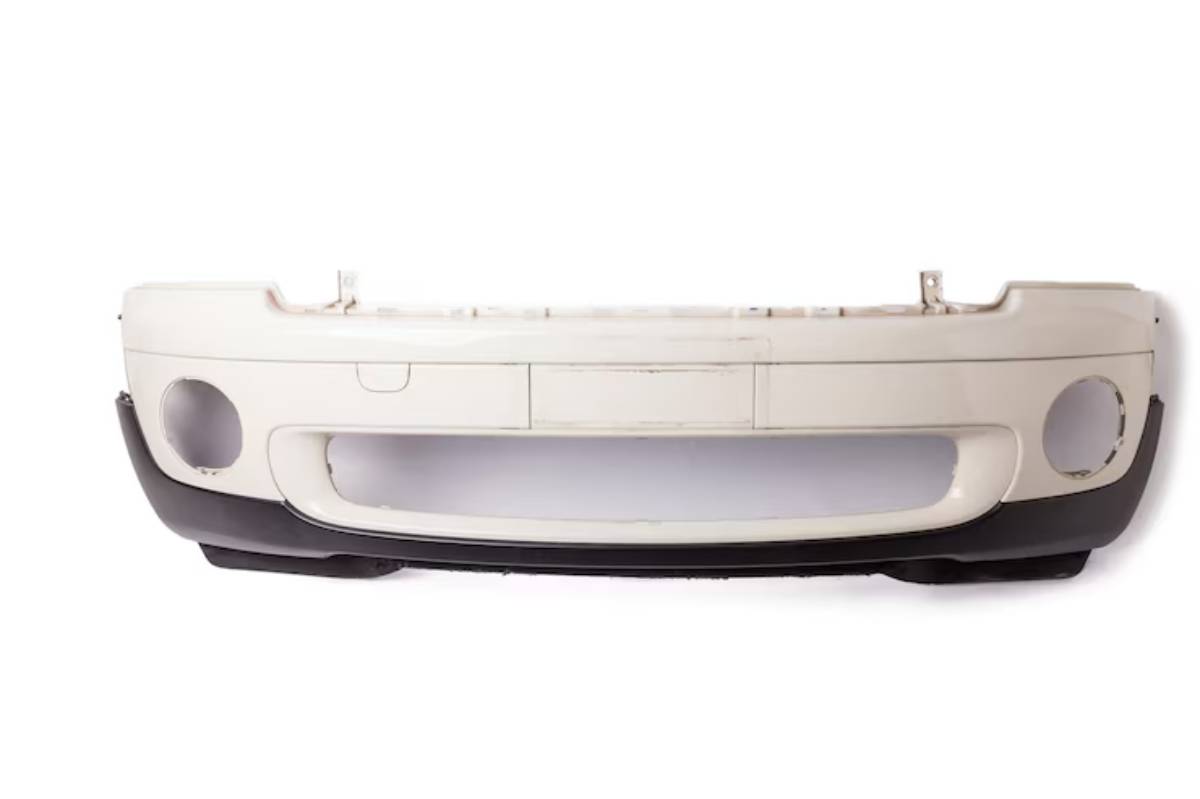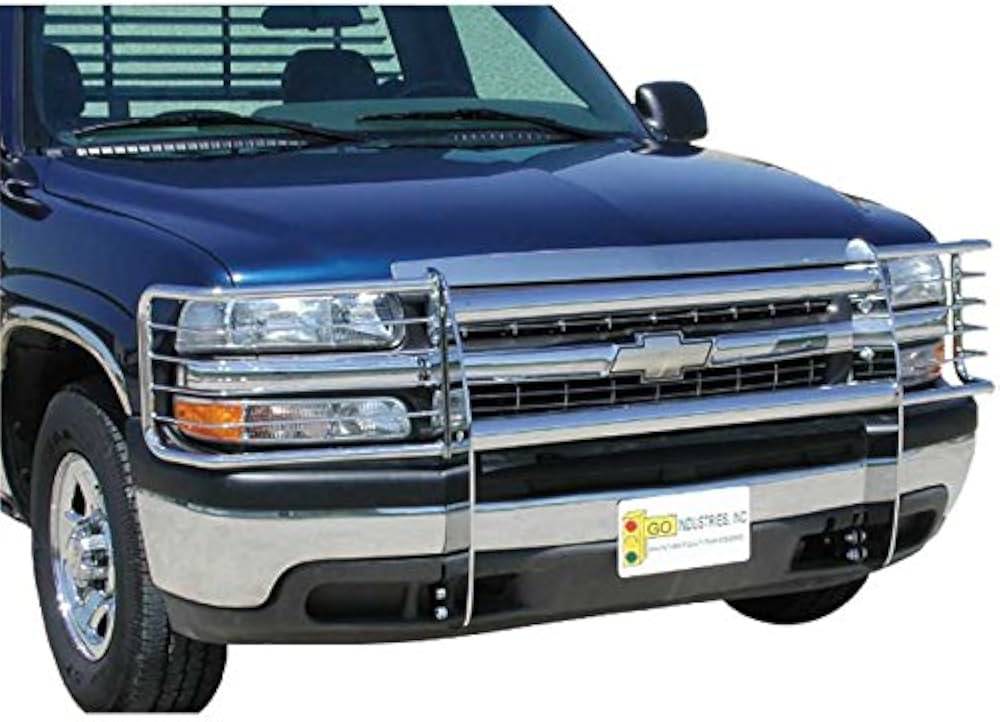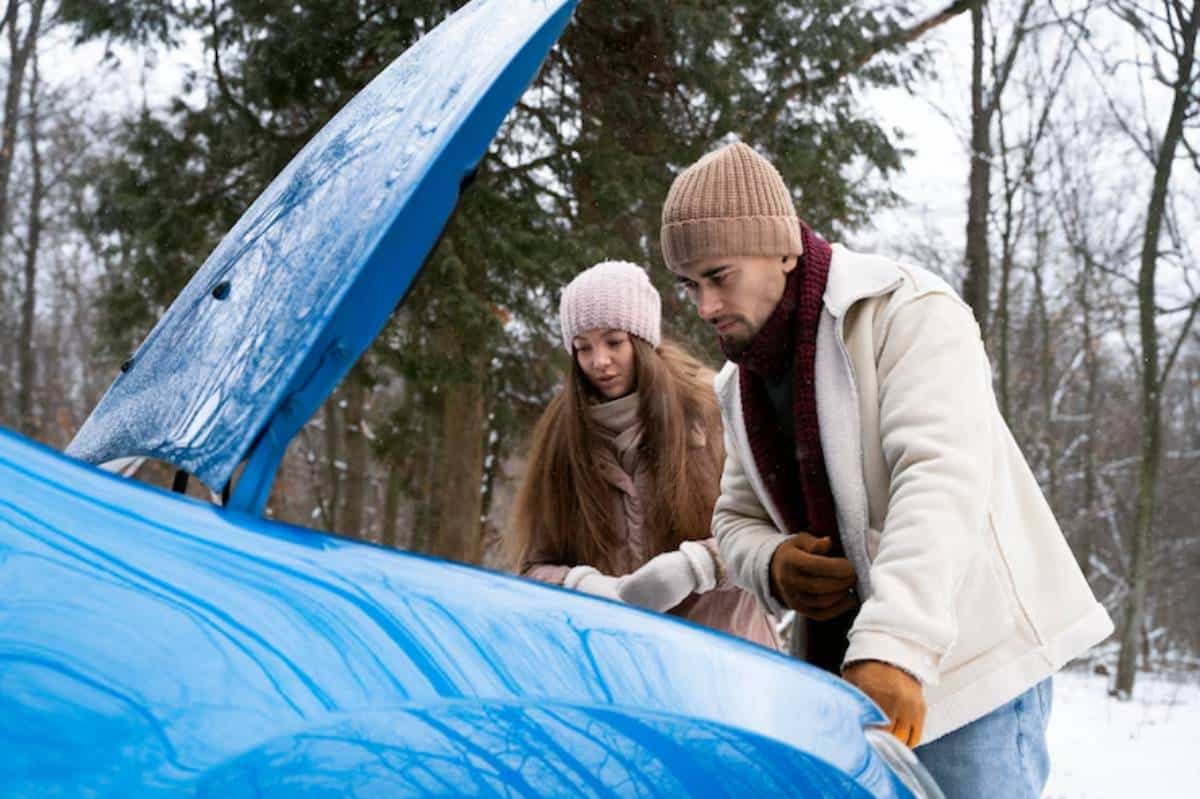
Best Brush Guards & Bumpers for Trail Use
Every time you hit the trail, your front end is the first to take a hit. Whether it’s branches, rocks, or animal encounters, your bumper setup plays a major role in absorbing impacts and protecting critical systems. That’s why investing in the right off-road bumper setup and brush guard install isn’t just about looks—it’s about trail-ready front-end protection.
In this guide, we’ll walk through the best bumper and guard options, what features matter most, and how to choose the right front-end defence for your 4×4. From modular steel setups to lightweight aluminium bars, you’ll find out what really works on rugged terrain.
Why Front-End Protection Matters Off-Road
Trail driving isn’t just about clearance—it’s also about defence. Your front bumper area shields.
- Headlights and grille
- Radiator and cooling system
- Front sensors and recovery points
- Winch mounts and bash plates
Without a strong barrier, minor hits can become costly damage. A proper setup means you can push further without hesitation.
Brush Guards vs Full Bumper Replacements
Not sure where to start? Let’s compare brush guards and full replacement bumpers.
Brush Guards (Grille Guards)

- Bolt onto the factory bumper
- Protect grille and headlights
- Lighter weight and easy to install
- Less structural strength in major impacts
Best for: Light trail use, rural driving, wildlife zones
Full Replacement Bumpers
- Replace the factory bumper entirely
- Often include winch mounts, recovery points, and light mounts
- Heavier, more robust
- Available in steel or alloy
Best for: Heavy trail use, rock crawling, serious overlanding
If you’re building a long-term rig, start with a quality front bumper—then add a brush guard or light bar as needed.
Top Features to Look For
When choosing a front-end setup, consider function over flash.
- Winch compatibility: Integrated cradle or winch plate
- Recovery points: Rated shackles or tow eyes
- Skid plate integration: Matches with underbody armour
- Light mounts: LED bar or spot light brackets
- Airbag compatibility: Especially for modern vehicles
Make sure any bumper or guard is ADR compliant (if in Australia) or DOT-approved (in the US), and won’t interfere with crumple zones or sensors. Make sure any bumper or guard is ADR compliant (if in Australia) or DOT-approved (in the US), and won’t interfere with crumple zones or sensors, especially if you’re planning a full undercarriage protection setup.
Best Off-Road Bumper Brands in 2025
ARB Deluxe Bull Bar
- Integrated winch mount and recessed indicators
- Built-in jacking points and bash plate support
- Compatible with most modern 4x4s
Ironman 4×4 Commercial Bar
- Full steel protection with aggressive approach angles
- Recovery-rated points and fog light mounts
CBI Offroad Bumper (USA)

- Modular design with lightweight aluminium options
- Powder-coated finish and winch-ready
TJM Outback Bar
- Side-wing support braces and driving light mounts
- Dual aerial tabs and optional top hoop
Each offers different strengths depending on your terrain and build plan.
Brush Guard Installation Tips
A brush guard install is usually bolt-on, but doing it right ensures safety and durability.
Installation Advice:
- Use high-tensile bolts and lock washers
- Align carefully with factory mounting points
- Torque evenly to prevent rattling
- Check alignment after the trail runs
Avoid universal-fit guards—they rarely match snugly. Opt for vehicle-specific models for the best strength and aesthetics.
Real-World Trail Use: What Works and What Fails
During a trail run in Snowdonia, one driver with a lightweight bumper and integrated brush guard clipped a downed tree. The full steel guard prevented radiator damage and kept the vehicle in service for the entire trip.
Meanwhile, a stock bumper on a neighbouring vehicle cracked from a similar branch impact, disabling the front parking sensor system. Lesson learned: Factory bumpers aren’t built for the trail.
Weight, Clearance, and Suspension Impact
Bumper upgrades are heavy, especially in steel.
- Check your suspension load rating
- Expect front-end sag if not paired with a matched coil upgrade
- Measure approach angle changes post-install
Aluminium bumpers weigh less but cost more. Steel offers unmatched strength for impact-prone regions.
Accessory Integration and Modular Builds
Modern bumpers often include cutouts or add-ons. Plan your build by selecting.
- Light bar or spotlight mounts
- Aerial tabs
- Hi-lift jack points
- Winch access ports
- Pre-drilled sensor cutouts
Modular builds let you start basic and expand later—ideal for budget builds or long-term upgrades.
If you’re planning full underbody protection too, read our guide on skid plates vs rock sliders to make your armour plan seamless.
Conclusion: Build the Front-End Protection That Matches Your Trails
Your bumper setup isn’t just a cosmetic upgrade—it’s a strategic shield. Whether you go with a rugged brush guard install or a full off-road bumper, the right gear protects your rig and gives you the confidence to keep pushing forward.
Choose based on your terrain, driving habits, and future plans. With a tough, well-fitted front-end, you’ll be ready for whatever the trail throws your way.


